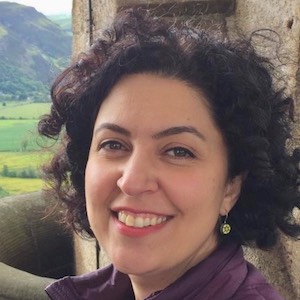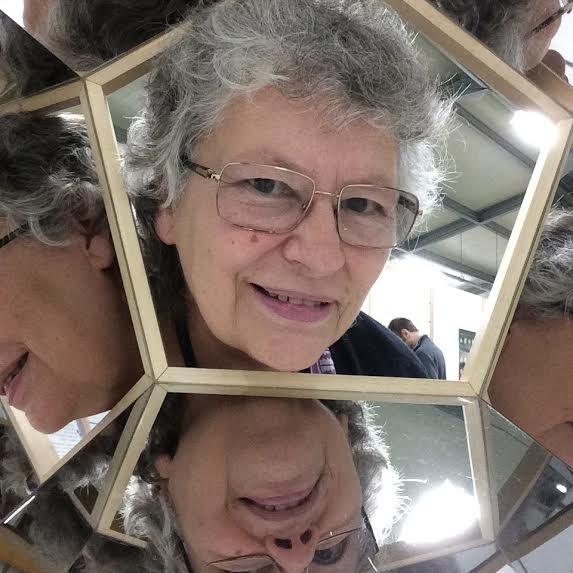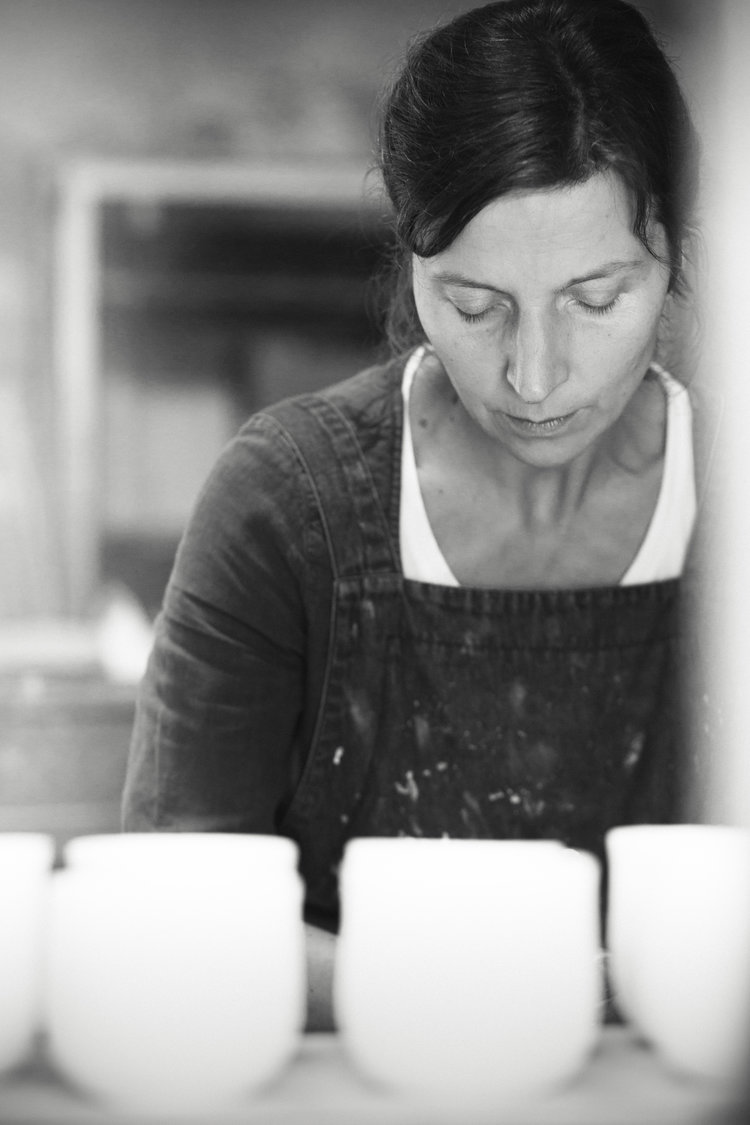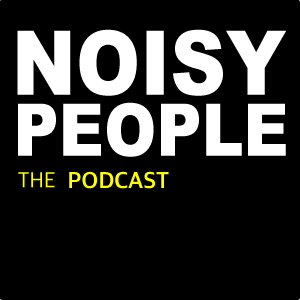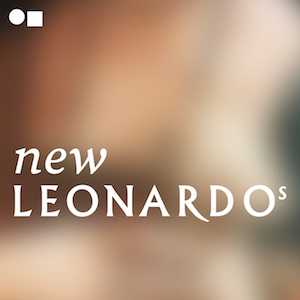
Steven began the session by tying it back to an earlier presentation of his Expanded Diagram Project. One of his aspirations of that still ongoing study is to transcend the overly constrained, largely western-based categories of contemporary art by illuminating specific kinds of creative processes that span a wide range of historical and contemporary world cultures and practices. From there he turned to yet another multi-media project called the Exurban Archipelago Project which focuses on the rapidly expanding networks of distribution/fulfillment centers populating the exurban fringes of so many metropolitan areas around the world. The final portion of the talk focused on his recent exhibitions and current studio activities including his Never the Same Space Twice series of paintings that he plans to contribute to the upcoming SMRN conference and exhibition in Vancouver.Steven began the session by tying it back to an earlier presentation of his Expanded Diagram Project. One of his aspirations of that still ongoing study is to transcend the overly constrained, largely western-based categories of contemporary art by illuminating specific kinds of creative processes that span a wide range of historical and contemporary world cultures and practices. From there he turned to yet another multi-media project called the Exurban Archipelago Project which focuses on the rapidly expanding networks of distribution/fulfillment centers populating the exurban fringes of so many metropolitan areas around the world. The final portion of the talk focused on his recent exhibitions and current studio activities including his Never the Same Space Twice series of paintings that he plans to contribute to the upcoming SMRN conference and exhibition in Vancouver.
Carol presented aspects of several recent projects as well as what she is currently working on, related to the study and understanding of Islamic geometric patterns as intersections of art and mathematics. Her contribution to the third edition of the Encyclopedia of Islam on “Geometry in Art,” consists of sections on plane and solid geometry, geometric constructions and repeat patterns (periodic and quasiperiodic). She considers the use of an algorithmic aesthetic in two-dimensional space, which should be thought of as an innovation. She also addressed issues of solid geometry in three-dimensional space, and the use of projections from two- to three-dimensions. In contrast, her contribution on “Ornament” takes a more historiographic approach, arguing that the study of ornament in Islamic art requires an expanded definition of ornament than that of the Western paradigm in which ornament is ornamental. Both entries for EI3 express a narrative approach to geometry and concern cultural issues of identity and interpretation, as well as aesthetics. She lamented the recent removal of her comprehensive website on Symmetry and Pattern: The Art of Oriental Carpets (1996), which had been developed under the auspices of The Math Forum (first at Swarthmore College, then Drexel University and most recently the National Council of Teachers of Mathematics). And she sought advice, guidance, and encouragement from SMRN members as to what she might next address in charting a future course for the study of Islamic ornament.
